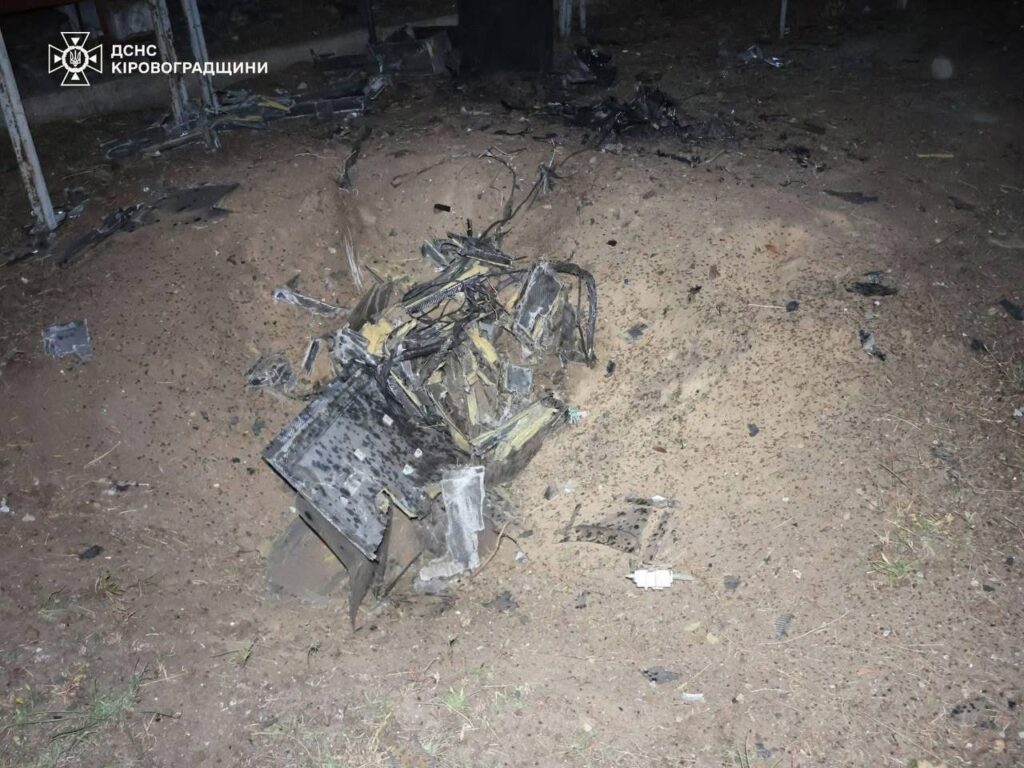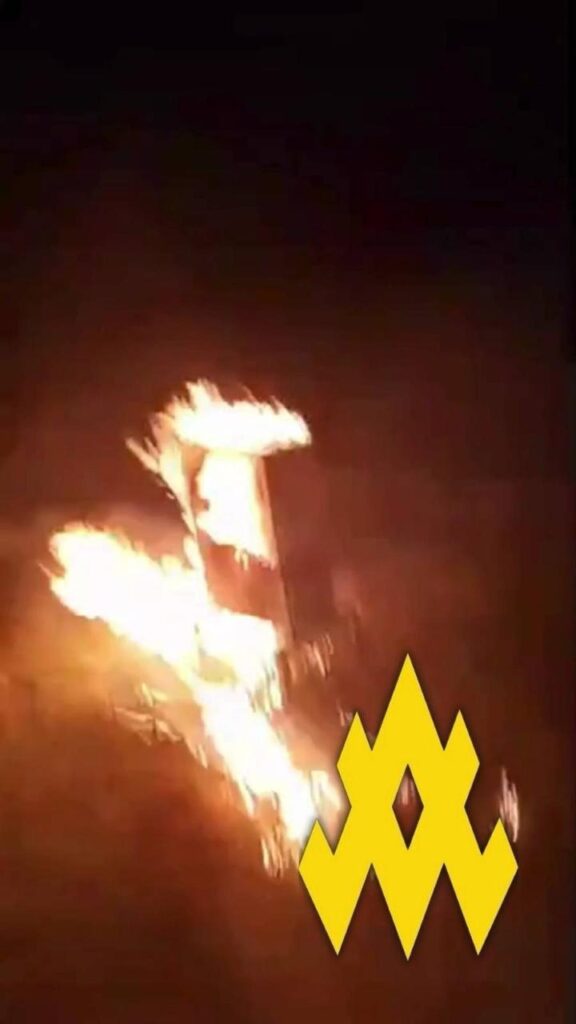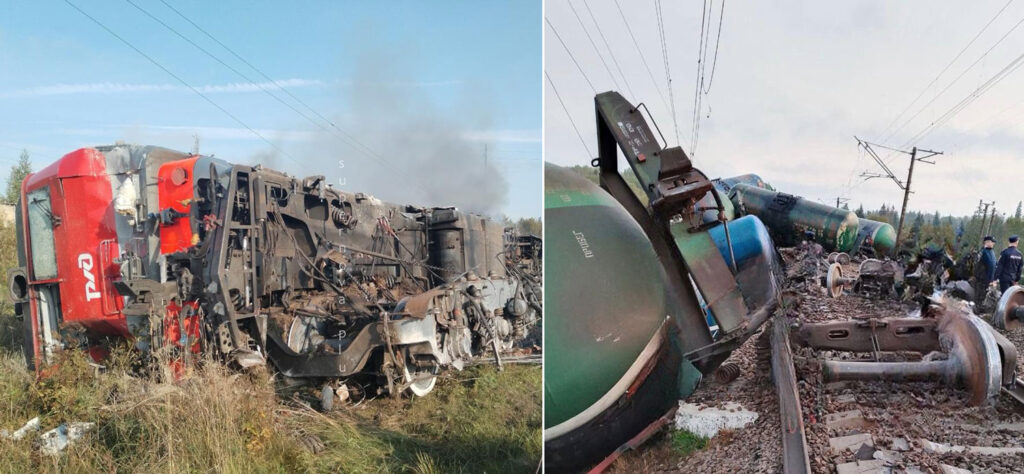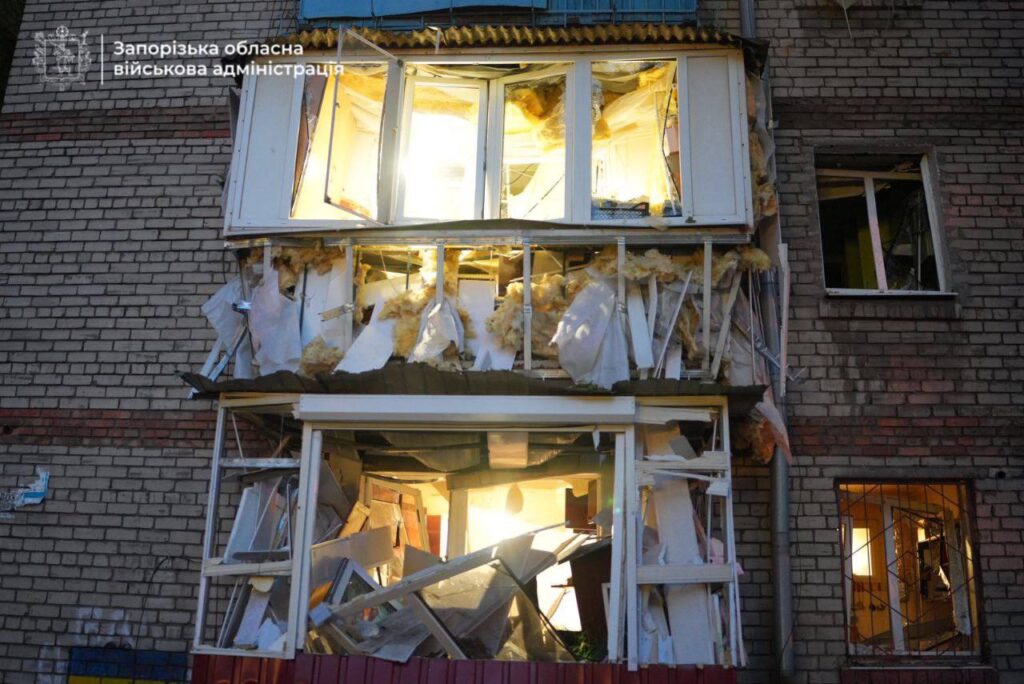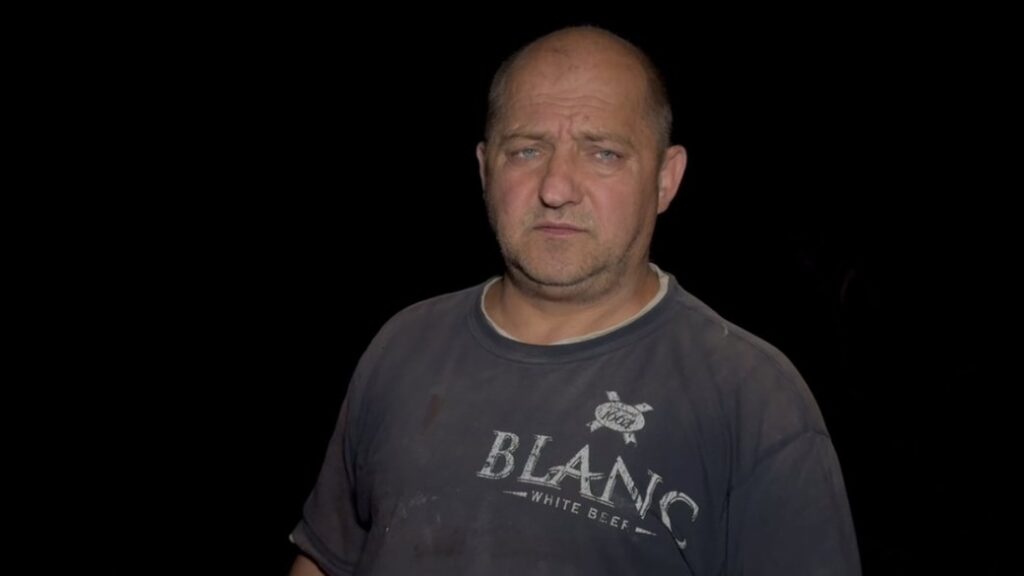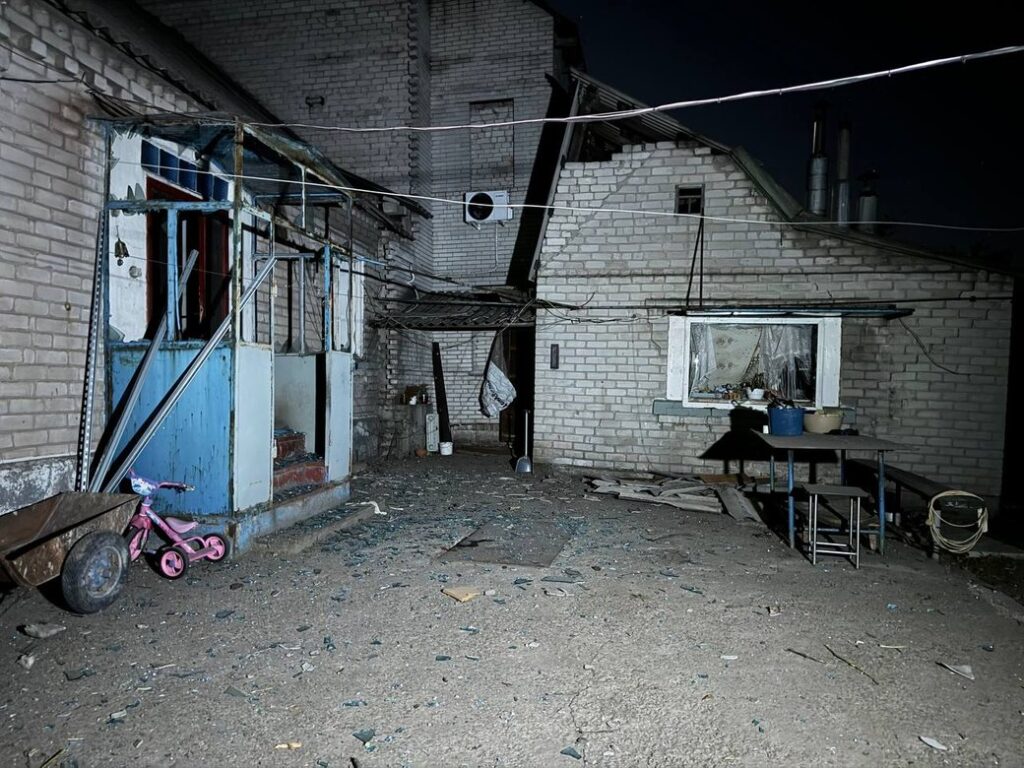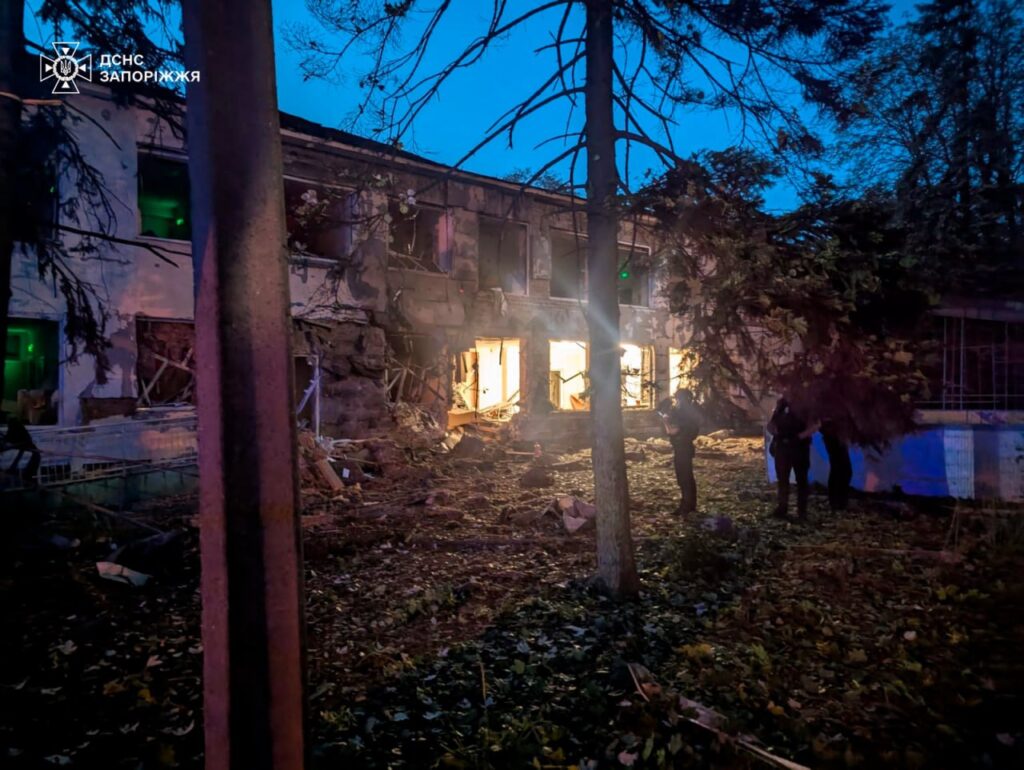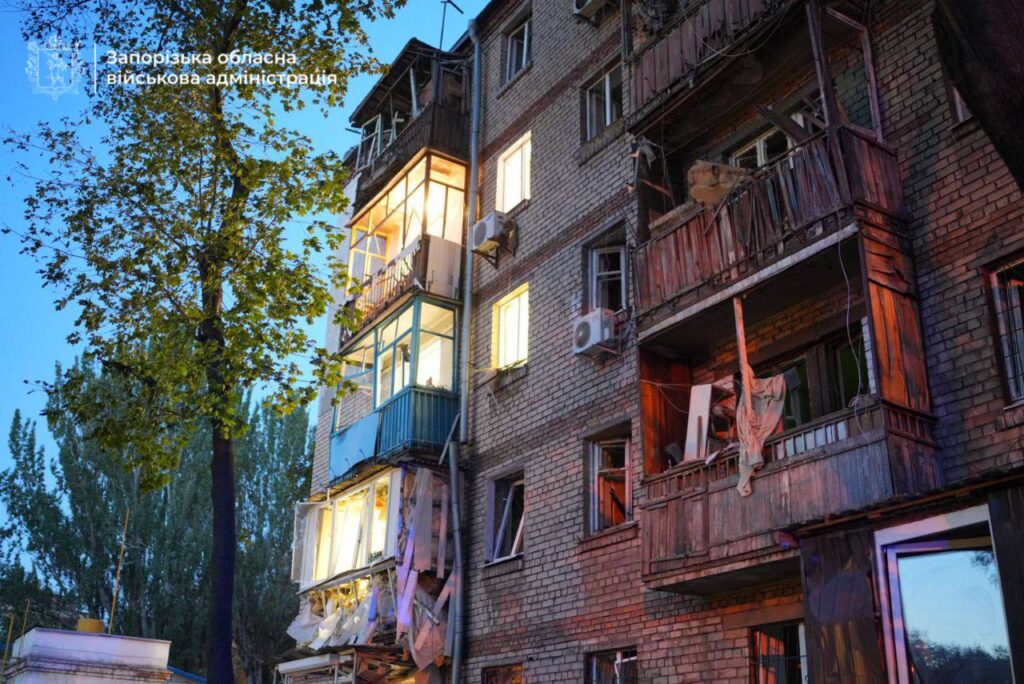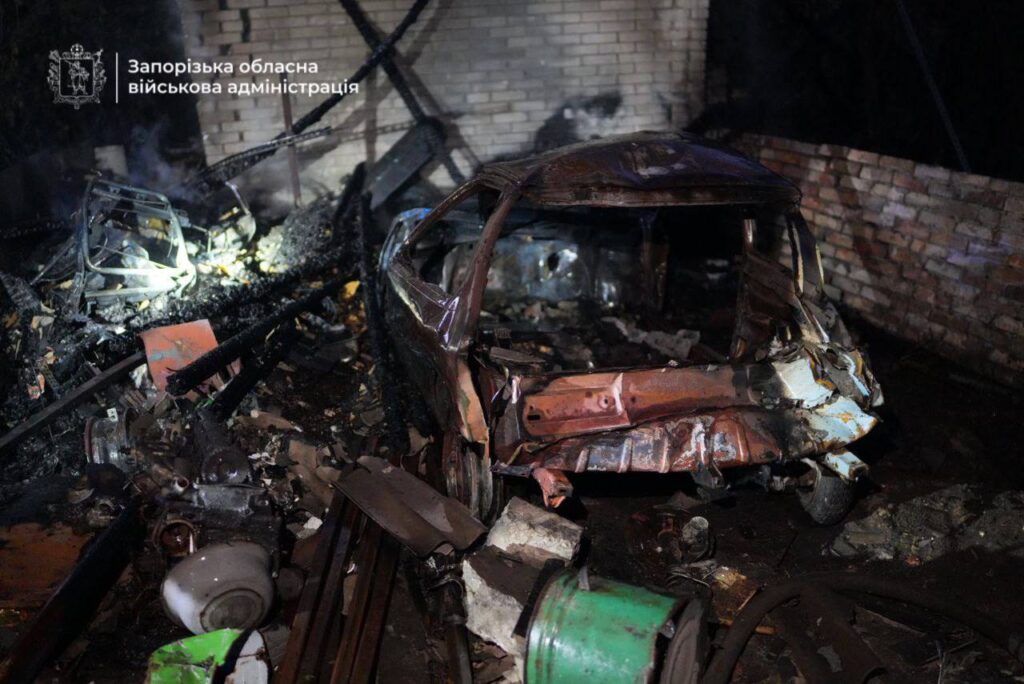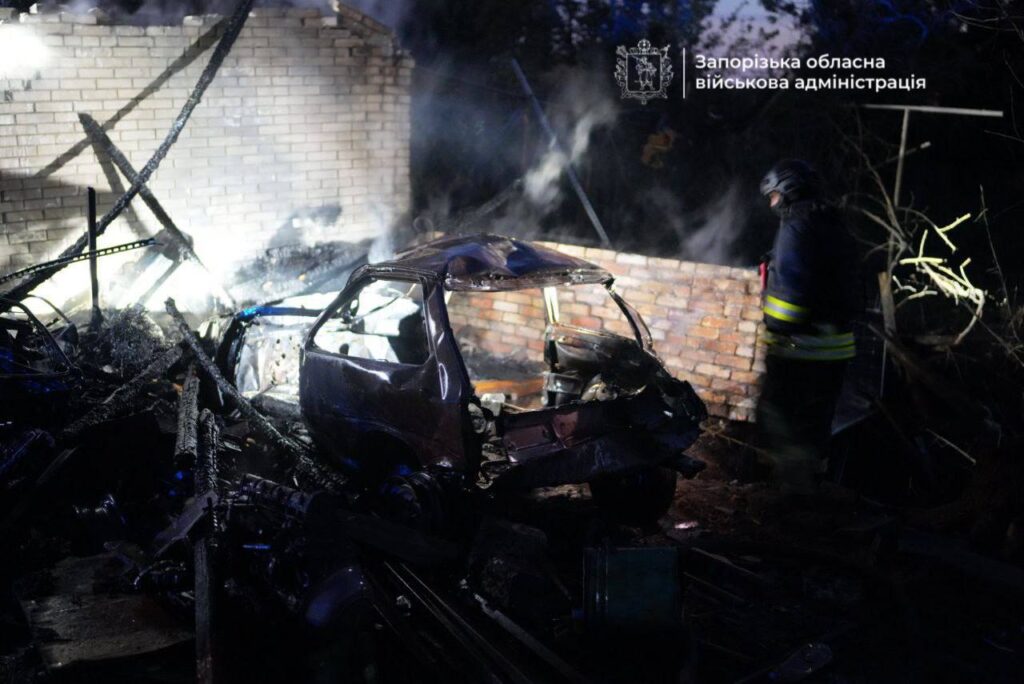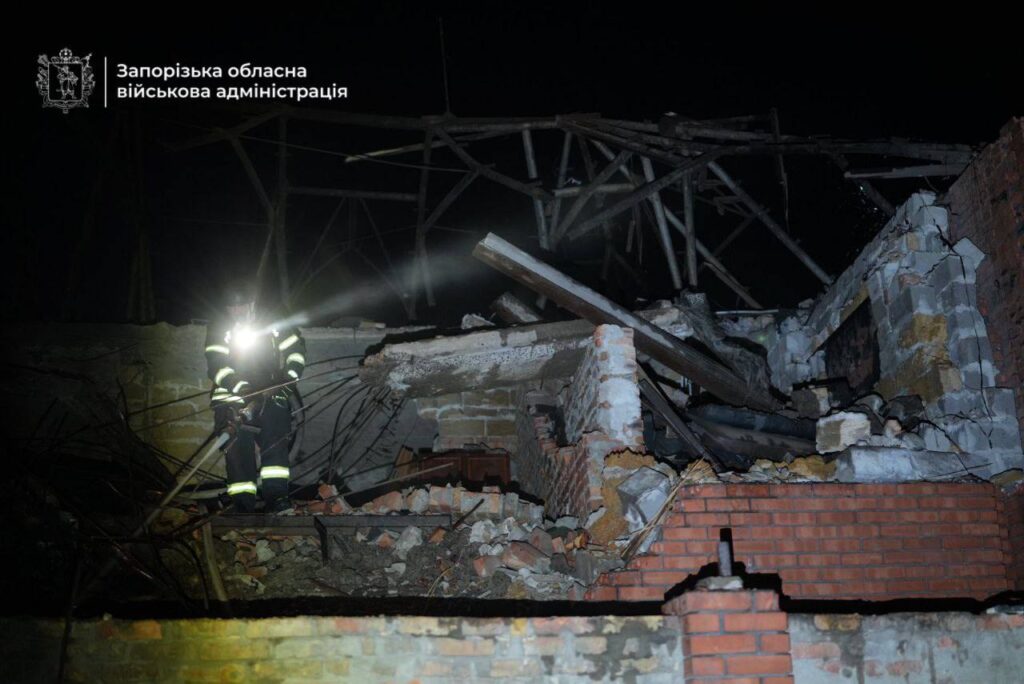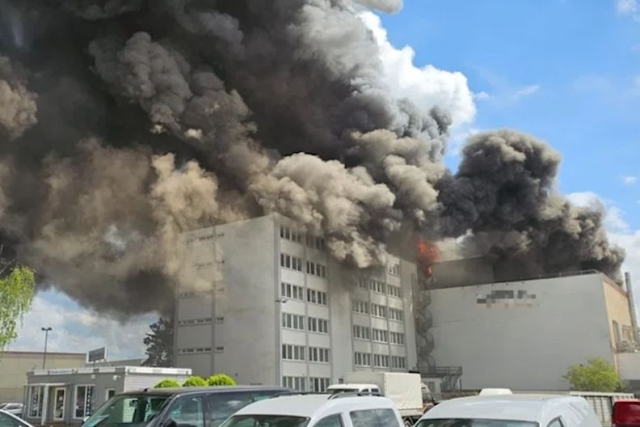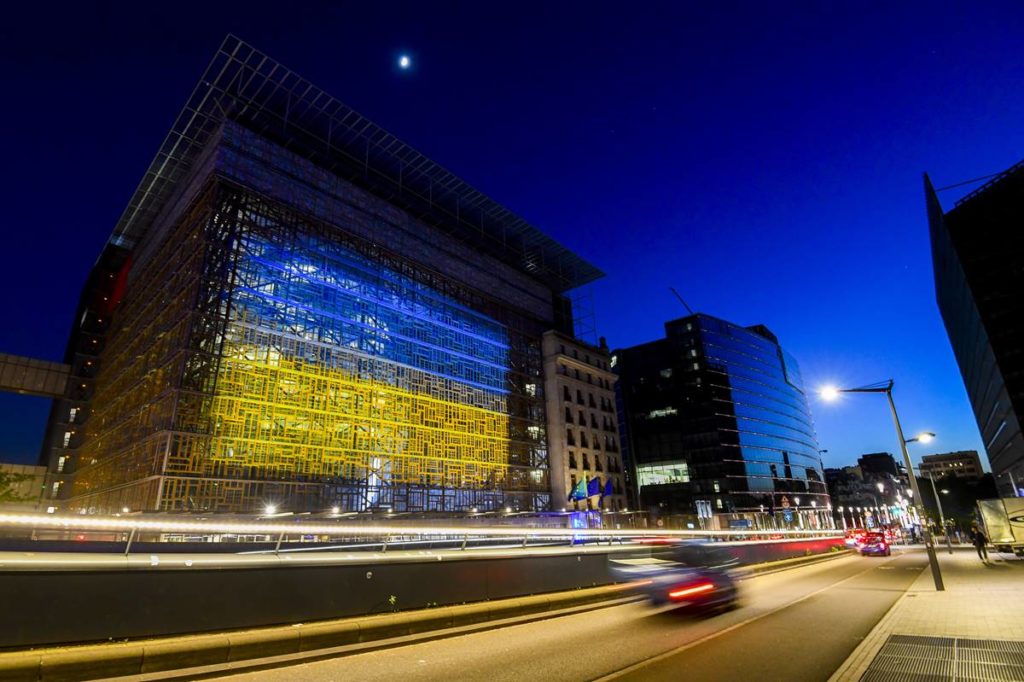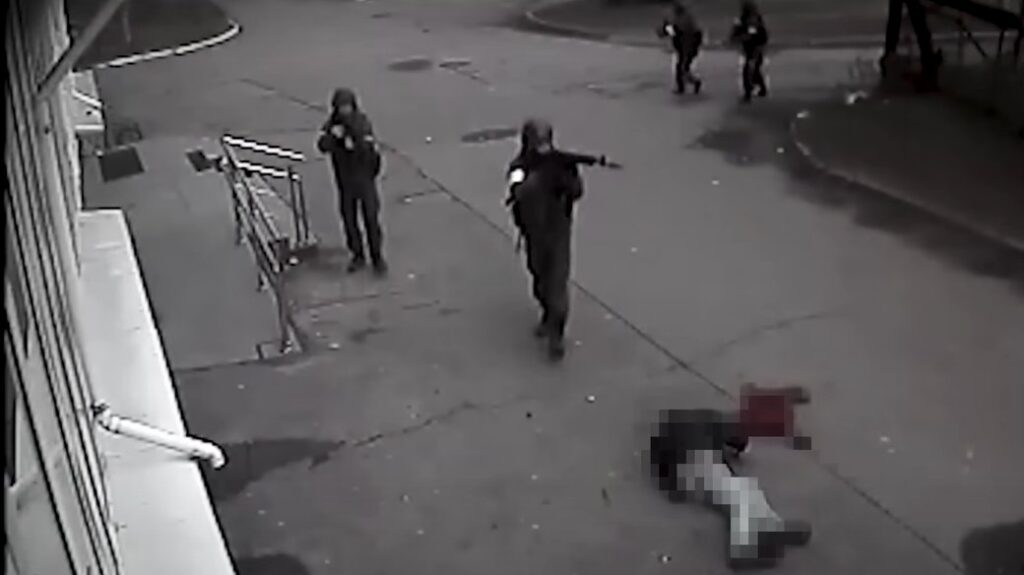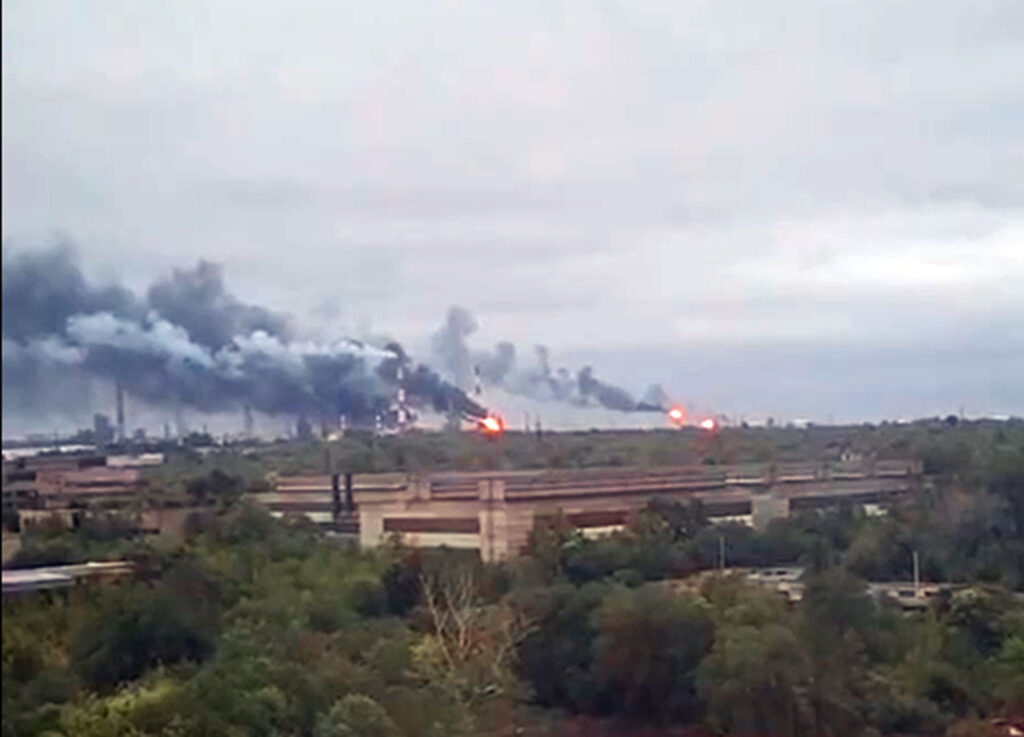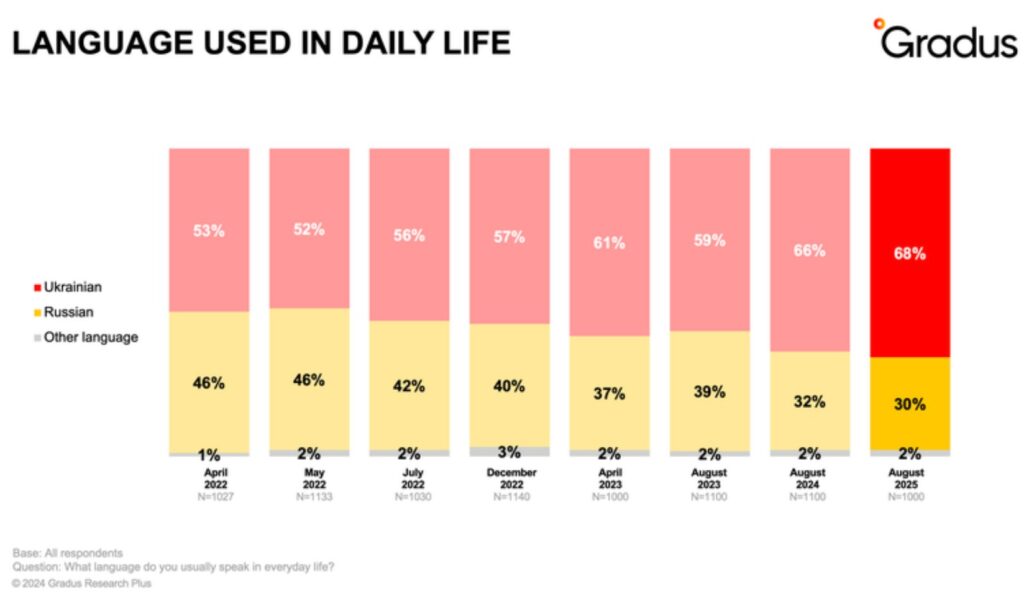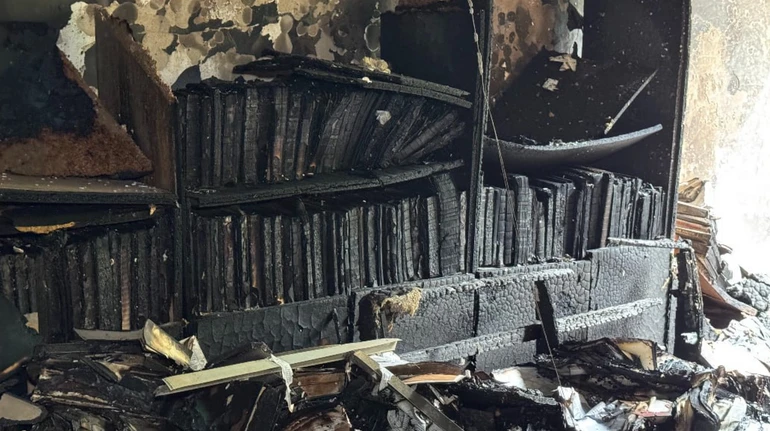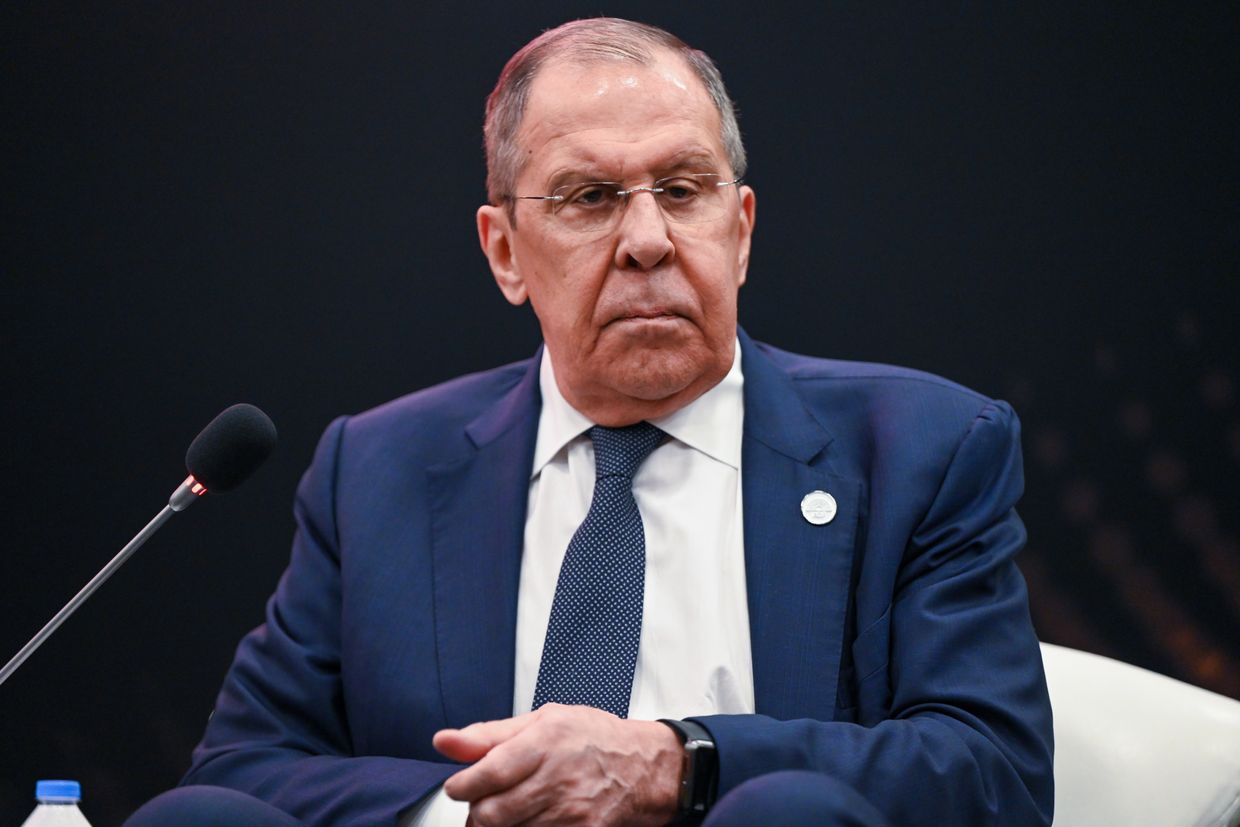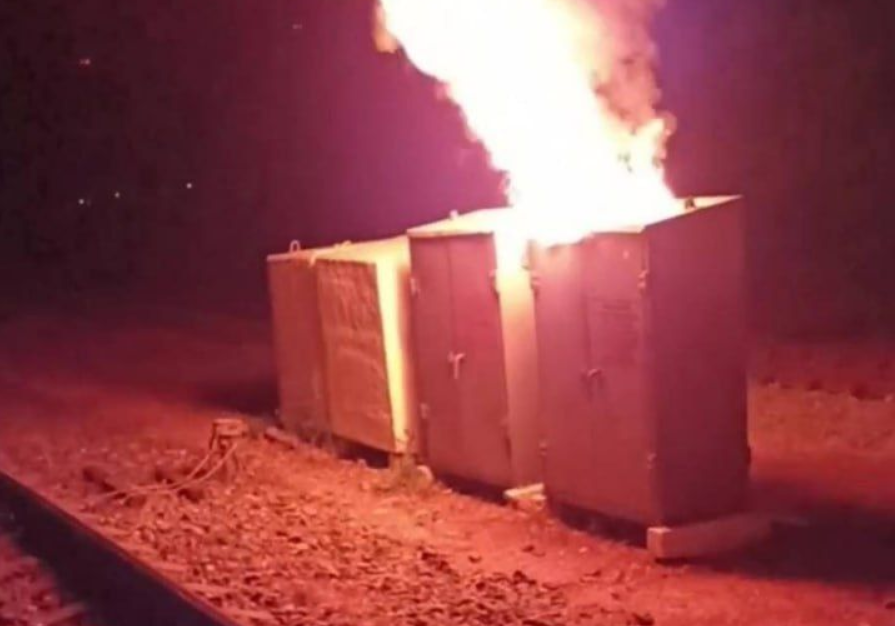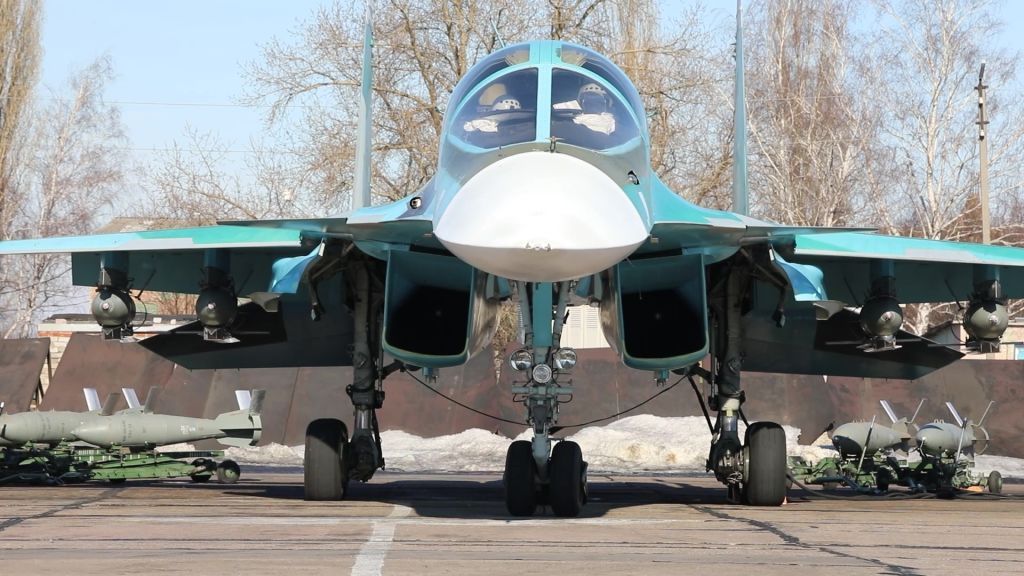
Ukraine’s Cabinet of Ministers has approved a resolution allowing men aged 18 to 22 years to travel abroad, marking a significant change to wartime travel restrictions.
The change affects thousands of young Ukrainians who’ve been trapped between worlds—too old to leave legally, too young for military service to make practical sense.
Since Russia’s full-scale invasion, Ukrainian men aged
18 to 60 cannot leave the country. Martial law and general mobilization make every man in this age group eligible for
military conscription.
A few exceptions exist. Men with disabilities can travel. So can fathers of multiple children, volunteers, and drivers transporting humanitarian cargo. But these categories cover a tiny fraction of the population.
The restriction has created a massive demographic drain. Families with teenage boys have fled en masse, often taking 17-year-olds abroad just before their 18th birthday locks them inside Ukraine’s borders.
What young men need to travel
The new rules require two documents: an international passport and a military registration document. The military document can be electronic and must be shown to border guards on request.
Here’s the catch: men holding government positions still cannot travel except for official business. This exception preserves the policy’s core logic while allowing ordinary citizens more freedom.
Why the government changed course
President Volodymyr Zelenskyy proposed the shift in August, calling it a “positive, correct story” that would help young Ukrainians maintain homeland ties while pursuing education.
Prime Minister Yulia Svyrydenko emphasized the policy’s reach: “This decision also concerns citizens who, for various reasons, found themselves abroad. We want Ukrainians to maintain maximum connections with Ukraine.”
Two parliamentary bills would extend the policy further—one keeping the 18-22 limit, another raising it to 25.
Social media reactions split sharply along predictable lines. Military personnel expressed concerns about weakening defense capabilities, while others argued the policy would actually encourage young people to stay in Ukraine.
The divide reflects a deeper tension between immediate military needs and long-term demographic survival.
Support our media in wartime
your help fuels every story
Supporters see demographic benefits over security risks
Public activist Taras Shamayda argues the policy fixes two problems while ending what he calls the “senseless policy of hatred toward young Ukrainians living abroad.”
First, it lets Ukrainian children who left the country return for visits without getting trapped by travel restrictions. These young people need homeland connections for their future development and are more likely to return permanently with maintained ties.
Second, the policy should dramatically reduce teenage exodus. “This should stop the mass removal of 17-year-old teenagers by mothers abroad, at least drastically reduce the scale of this phenomenon,” Shamayda wrote. His logic: if border crossing remains free until age 22, families have no reason to rush departures, letting children finish Ukrainian education and form local social bonds.
“There is every reason to believe that significantly fewer people will leave Ukraine at 21 than at 17,” he argued, because at 21 “the decisive word will not belong to parents, but to the young people themselves.”
Even postponing emigration decisions by several years helps Ukraine during what he called a “demographic catastrophe.”
Public activist Valentyn Krasnopyorov expects limited exodus because those still in Ukraine until age 22 “could have left earlier and didn’t.” He suggested maybe some 21-year-olds might leave, but doubted mass departures since these young men stayed “when most thought the war would end quickly.”
Like others, Krasnopyorov emphasized the importance of motivating even younger Ukrainians—those aged 14-16—to remain in the country.
Military officers argue Ukraine needs younger troops on frontlines
Meanwhile, battalion commander Yurii Bereeza wants mobilization starting at 18 for both sexes. He cited Israel’s approach:
“Those who fled abroad have no right to any government positions, no right to business, no right to all the benefits that allow citizens to be citizens.”
Military officer Mykola Voroshonov framed it in stark battlefield terms. He opposes “fifty-year-old old men trying to hold positions for months while 21-year-old healthy Ukrainian boys work on construction sites in the Czech Republic.”
Writer and military officer Dmytro Vovnyanko dismissed the policy as government public relations designed to “get rid of the entire explosive element” of potential protests.
These critics see the policy as undermining Ukraine’s ability to field younger, more effective soldiers when the military desperately needs fresh recruits.
Schools losing 70% of students to emigration
Ukrainian Catholic University lecturer Vitalii Rudenky provided the starkest warning. Some schools lose 70% of students between 10th and 11th grades as parents take children abroad.
“There are two wars,” he wrote. “The current hot one and the demographic one.”
Without changes, he predicts Ukraine might have only 20 million residents by 2050—a population collapse that would make military victory meaningless. The approximate population of Ukraine as of 2025 is estimated to be around 38.9 million people. However, this figure is subject to uncertainty due to the ongoing war, territorial occupation, and large-scale migration movements.
Rudenkiy agreed with other experts about focusing efforts on retaining the youngest Ukrainians, particularly those aged 14-16 who haven’t yet made emigration decisions.
The new policy represents Ukraine’s attempt to balance immediate military needs against long-term national survival. Whether it works depends on implementation and whether young Ukrainians actually use their new freedom to maintain rather than sever homeland ties.



